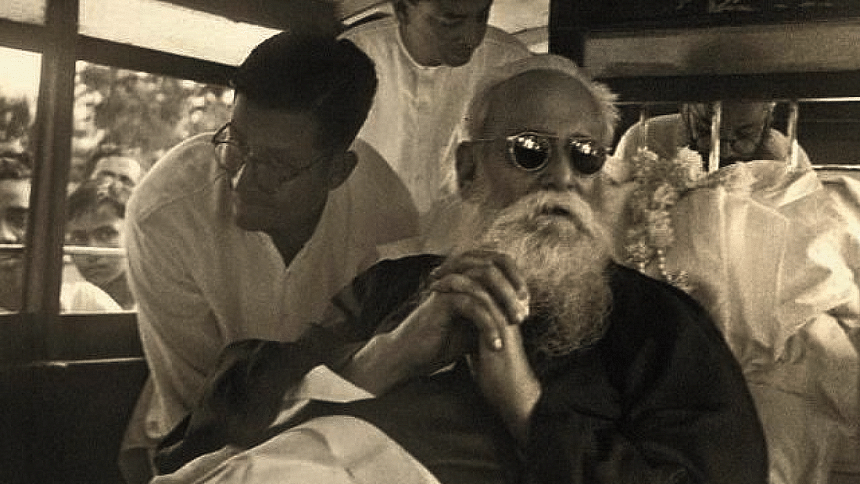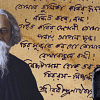Tagore for Hipsters

We love to revel in the literary genius of Rabindranath Tagore – be it through his songs, novels, stories or plays. Yet, very few of us go beyond the stories and poems included in our school curriculum. So, I made a compilation of some of his lesser known – but brilliant nevertheless – works that you would love just as much as you love Chhuti or Haimanti.
BOU THAKURANIR HAAT (1884)
This novel is set in 16th century Jessore, during Pratapaditya's reign. Tagore, who was usually comfortable writing poetry, was not yet apt in writing prose when he wrote Bou Thakuranir Haat. This one is a gripping story set in an interesting historical context, yet the character development is not as good as his later works. If you want to know what Tagore's writing style was like in his earliest works and how he grew as a writer, then this one is a must-read for you, being his first novel.
MAHAMAYA (1892)
Golpo Guccho is a treasure trove of all kinds of stories, and when I stumbled upon this one while reading the book, I'd first thought it would be a cute love story. Unfortunately, that was just one of the many tricks Tagore plays on his readers through his words. This is the story of a girl who is forced to leave the man she loved and marry an elder Kulin Brahman, yet she loses her husband the night after her wedding. This is a hauntingly beautiful story that speaks of the horrors of sati daho and touches the concepts of life and death.
RUSSIA-R CHITHI (1930)
Tagore had finally visited Russia during Stalin's rule in 1930, after having expressed his interest to visit the country for years. The purpose of this particular trip was to learn about the methods of disseminating education and its results, but the trip turned out to be much more than just that. He was in awe of how the Russian people had kept their cultural dignity intact through years of war, rebellion and hunger. "In Moscow, there is a renowned collection of paintings at the Tretyakov Gallery. In just one year, from 1928 to 1929, it was visited by approximately three hundred thousand people. The building does not have enough room for everyone who wishes to visit, therefore people sign up in lines before the weekend," he wrote. I absolutely love travelogues, and this one stands out because of Tagore's naturally eloquent style of storytelling.
TAASH ER DESH (1933)
Possibly one of the most inspirational and fun plays you will witness, if you ever manage to catch a show of it. The essence of the story is that each of the characters slowly discover their inner dreams and desires, they get to know themselves, and eventually become free from the rigid rules society had set for them. To some extent, the story acts as a political commentary. Despite conveying quite a philosophical message, this play remains very witty and entertaining.
MUSOLMANI-R GOLPO (1941)
I've often found that so many of Tagore's stories focus on showing the oppression and torment of women that it's kind of difficult to find a story where women get to win their battles. This is perfectly understandable, as the times he wrote about were dark times for the women of this subcontinent. However, Musolmani-r Golpo is a wonderful story of an orphan Hindu girl who takes shelter in a Muslim household, and makes a place for herself in the world. Published years after his death, this is one of the last stories Tagore had written, and one of the best.
Aanila Kishwar Tarannum started hating on everything the moment she realized why her parents put so many As in her name: because they knew her transcript would be devoid of any vowels. Find out about her relentless rants at [email protected]

 For all latest news, follow The Daily Star's Google News channel.
For all latest news, follow The Daily Star's Google News channel. 









Comments